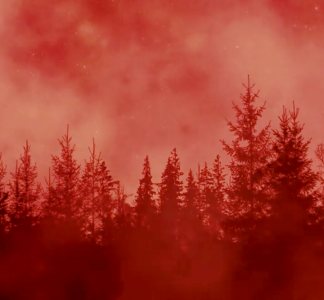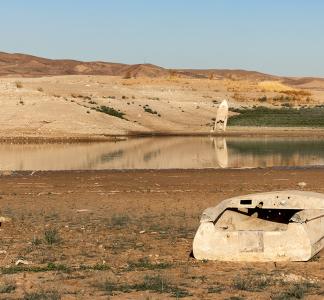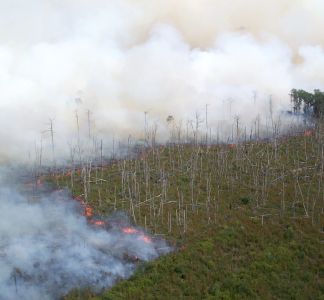Public lands & the climate crisis: Extreme Heat
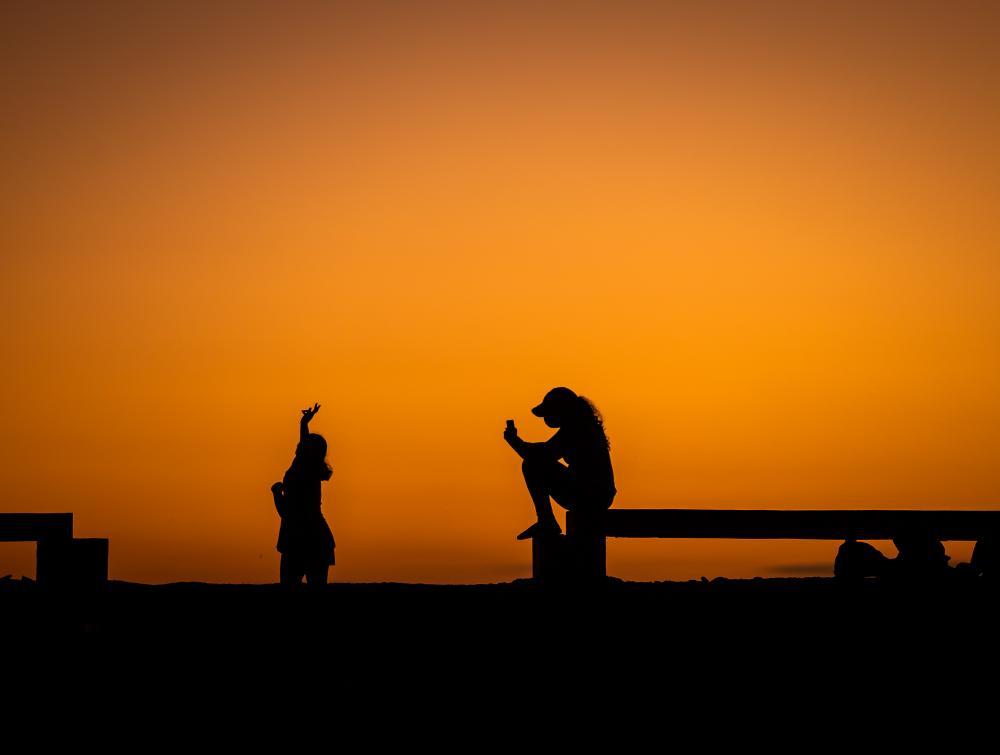
Low-income and predominantly Black, Brown, Indigenous and immigrant communities are at especially high risk.
Alexandre Saraiva Carniato/Pexels
As heat intensifies, public lands offer solutions
Before summer 2022 had even begun, parts of the U.S. were already experiencing scalding temperatures. Spring heat waves impacted states from California to Pennsylvania, driving up temperatures and breaking seasonal records. The heat was so intense that some schools had to close early to protect children from falling ill.
The sweltering conditions, still in effect in some places, are yet another sign that weather patterns have shifted due to climate change. The “heat season” once expected for the height of summer is starting earlier and lasting 45 days longer than in the 1960s, posing even more health risks to communities.
The “heat season” once expected for the height of summer is starting earlier and lasting 45 days longer than in the 1960s.
Scientists have warned that unless we act now to slow down climate change, this trend will continue. We’re already experiencing rising temperatures. In the last 50-60 years, U.S. summers became 2°F warmer on average and the number of heat waves increased threefold.
While not always front-of-mind, public lands can be a strong ally against this crisis. From parks to wilderness areas, these lands can help lower climate emissions and offer relief on scalding days. It’s time we took a closer look.
Public lands can dial down the heat
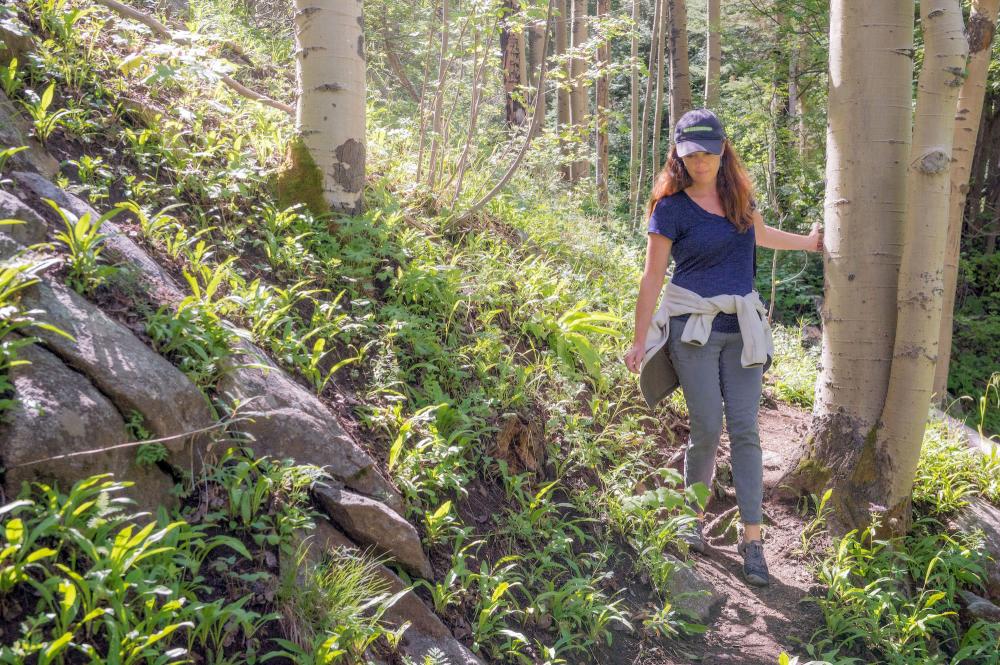
Santa Fe National Forest, New Mexico
Mason Cummings, TWS.
There’s no doubt that humans are causing climate change. As we burn fossil fuels, we release greenhouse gases, primarily CO2, that trap heat in the Earth’s atmosphere. The problem has never been more acute: the amount of CO2 in the atmosphere is at its highest level in at least 4 million years.
This is where public lands come in.
About 36 million acres of public lands and waters managed by the federal government are currently leased for fossil fuel drilling and mining—an area larger than the state of New York. The oil, gas and coal unearthed from this land leads to the equivalent of one-quarter of the country’s climate emissions, which is no small amount.
The Biden administration has the power to reduce emissions by dramatically cutting fossil fuel development on public lands and waters. So far, his administration has taken steps in the right direction by limiting the acreage of public lands offered to the oil and gas industry. But there are still lease sales on the horizon that could support new projects for decades to come.
The Biden administration has the power to reduce emissions by dramatically cutting fossil fuel development on public lands and waters.
Public lands are also an important tool for enduring the extreme heat we’re experiencing. Visiting shady parks, national forests and wilderness areas can bring us much-needed relief on a hot day. Meanwhile, urban parks have the power to reduce the temperatures in cities by deflecting heat and releasing moisture.
But not everyone can reach green spaces. One in three people in the nation do not live within a half-mile of a quality park. As a result of discriminatory policies and practices throughout history, many low-income and BIPOC (Black, Indigenous and people of color) communities face additional obstacles, including limited public transit options and financial restrictions.
The dangers of heat waves
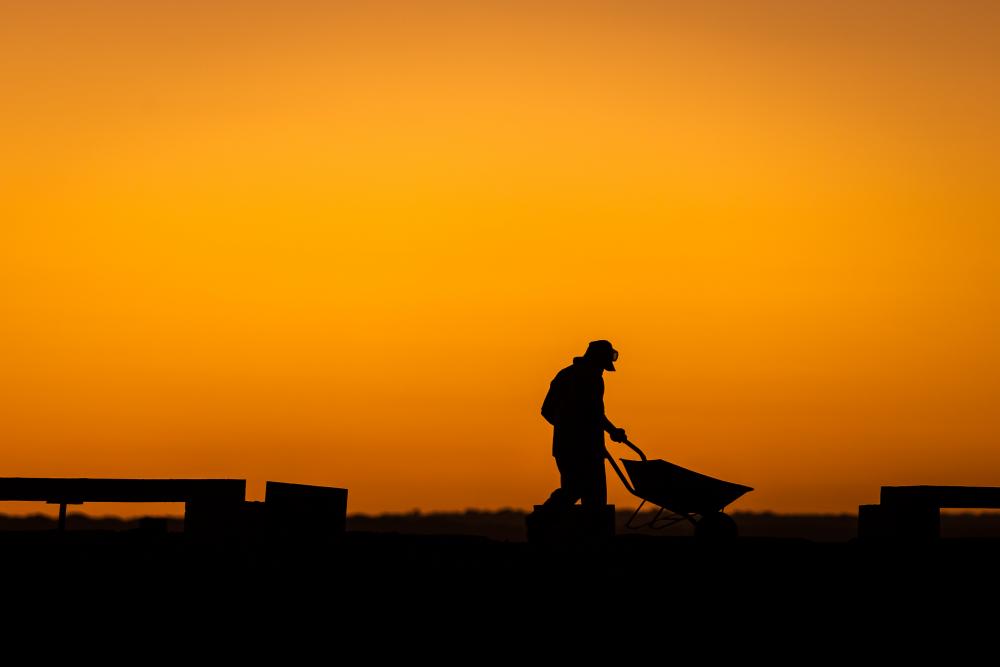
Latinos are disproportionately impacted by extreme heat on the job
Alexandre Saraiva Carniato/Pexels
The urgency of addressing extreme heat lies in the numbers.
During the first three days of the Pacific Northwest heat wave in 2021, around 1,000 people visited emergency rooms, reporting illnesses from skin rashes to strokes. More than 100 of them ended up dying. Across the country, the Centers for Disease Control and Prevention estimates that about 600 people perish every year due to high temperatures. The most vulnerable people include children, the elderly and people with chronic medical conditions.
Low-income and predominantly Black, Brown, Indigenous and immigrant communities are at especially high risk. Thanks to racist housing policies, these communities often live in treeless, concrete neighborhoods that are typically hotter than average. Meanwhile, because Latinos make up higher percentages of the workers in outdoor jobs like agriculture and construction, they are also disproportionately impacted by extreme heat on the job.
Ensuring our communities are safe and able to cope with high temperatures will mean using every solution at our disposal, including public lands.
